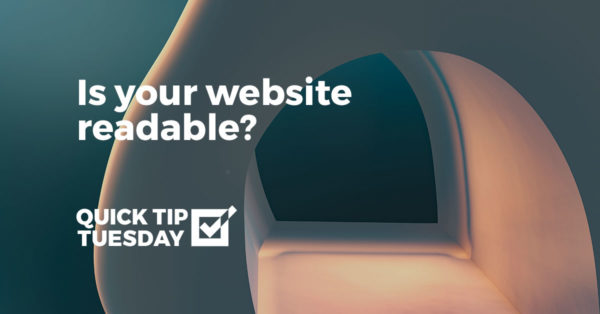According to Statista, by the end of last year, LinkedIn had about 470 million members across the globe (approximately a quarter of them are in the United States, LinkedIn’s biggest market). Just over one million of these members access the platform daily and one hundred million people visit it monthly.
The same source reports that one-third of internet users in the U.S. between the ages of 18 and 49 are LinkedIn members. More than 20 percent of more senior workers maintain their LinkedIn membership even as they approach retirement age.
LinkedIn is unique compared to other social media channels because more of its users are high income professionals and influencers in fields like finance, law, accounting, education and marketing, a desirable target audience.
Companies are committed to reaching professionals through LinkedIn. Almost two-thirds of the businesses that have pages on it use them to share content through regular status updates. According to DMR, an online information source, three million individuals share content on the platform weekly.
Linkedin reports that 94 percent of B2B marketers use it to distribute content and seven out of ten professionals say they trust the content they read on the channel.
Clearly, LinkedIn has a devoted professional membership base, and it’s a valuable platform for businesses to connect with other businesses and professionals. Here are some tips from LinkedIn and Carpenter Group, based on our experience, on how you can optimize the content you share on Linkedin to make sure it reaches the people you’re targeting and gets them to take action:
- Develop (or curate) the right content for your audience. Make sure it’s about a topic they care about. It should help them do their jobs better. It can tie to the products and services you offer and include links to your website, however it shouldn’t be too sales oriented. Nothing turns LinkedIn readers off more than feeling like they’re being “marketed to” or “sold” rather than informed. For example, if you’re trying to connect with financial advisors, share ideas about how they can more effectively educate their clients about your products and services. This is a good tactic for the advisor and your firm. Or, if you’re trying to attract C-suite people at institutional firms, innovative ideas promoted on LinkedIn with links to authoritative white papers will likely get their attention. Another example of a win/win.
- Leverage LinkedIn’s targeting system to make sure your promoted content reaches your intended audience. You can target by company name, job title, industry type, location, educational background and other factors. The more clearly you can describe the characteristics of the people in your target audience, the more likely you will be to find and reach them in LinkedIn.
- Determine your budget and plan to spend it wisely. If your campaign is designed to build awareness for your firm, agreeing to spend a specific dollar amount per thousand impressions (CPM) is probably the better way to go. If you’re using your content to drive traffic to your website to generate contacts or sales, agreeing to a specific dollar cost per click (CPC) likely makes more sense. Make sure you’re careful about placing limits on your daily spend. Linkedin’s marketing costs are relatively high compared to other social media channels and costs can add up quickly if you’re not careful.
- Track results. LinkedIn will start reporting results of your campaigns almost immediately after you launch them. Use the data to refine them in real time. If something’s not working, turn it off and try a new approach. If an ad or piece of content IS working, keep refining it and testing variations to optimize it for your target audience.
- Don’t limit your data monitoring to LinkedIn. Watch the performance of your content and the results it generates on your website, as well. Use Google Analytics and sales tracking software to check that people are actually reading your content and responding as you intend. It’s one thing to attract people to your site. It’s another to make sure they’re engaged and taking action.
- Never be satisfied with your results. Constantly try new variations on your content, promotional posts and targeting. You never know when and how you’ll find new winning combinations. You always want to have fresh new content to promote to your target audience when it’s time to retire stale old material that’s no longer performing.
LinkedIn is a good tool for publishing and promoting your content to business and professional audiences to build awareness for your brand and drive traffic to your website. If you’d like to learn more about how to get better results on LinkedIn, check out Carpenter Group’s perspective on digital marketing, then contact us to discuss how we could help you with your content marketing and social media campaigns.




